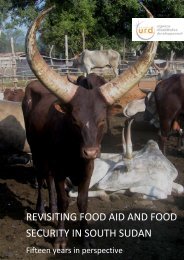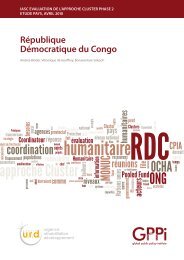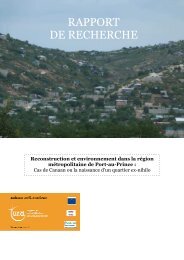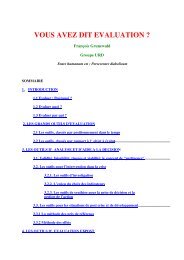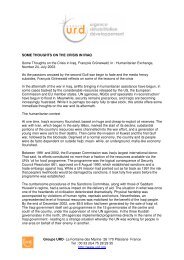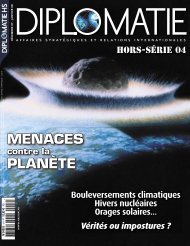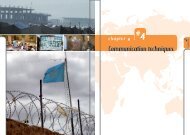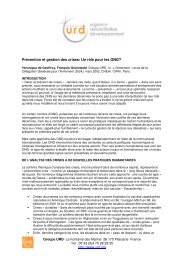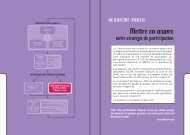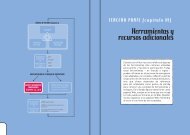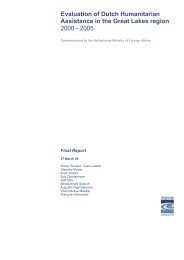Kabul Urban Survey - Groupe URD
Kabul Urban Survey - Groupe URD
Kabul Urban Survey - Groupe URD
Create successful ePaper yourself
Turn your PDF publications into a flip-book with our unique Google optimized e-Paper software.
• Strategic maps<br />
On the strategic maps are highlighted some components of the city according to the strategic<br />
objectives but no more data. On the left, only the streets are drawn, on the right only areas<br />
and main roads.<br />
Figure 50: 1942(?) CIA <strong>Kabul</strong> area map<br />
Figure 51: 1980 <strong>Kabul</strong> map<br />
Source: Internet<br />
Source: Internet<br />
“Portion of sheet I-42 J <strong>Kabul</strong>. Original scale 1:253,440 Compiled and published originally under the<br />
direction of the <strong>Survey</strong>or-General of India 1916 and Revised to 1940. Published by the War Office,<br />
1942 and reprinted by the U.S. Army Map Service October 1942.”<br />
• Inadequate urban maps<br />
Whether the source be Russian, American or Arabic, the data, scale or landscape<br />
information provided by these maps are not of much use for urban issues. Either the maps<br />
are too complicated or too simple<br />
Figure 52: 1985 Russian <strong>Kabul</strong> map, scale: 1/50 000 Figure 53: 1992 US <strong>Kabul</strong> map<br />
Source: Internet<br />
Source: Internet<br />
Comments<br />
The military objectives or international political stakes are clearly the origin of the<br />
majority of maps in Afghanistan. The study of historical maps allows us to identify some<br />
of <strong>Kabul</strong>’s urban characteristics and urban actors that must be taken into consideration<br />
in the urban reconstruction process, including:<br />
Page 40



